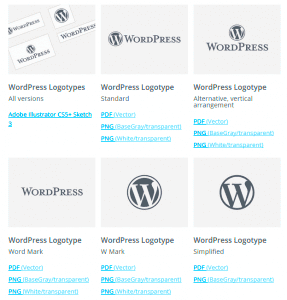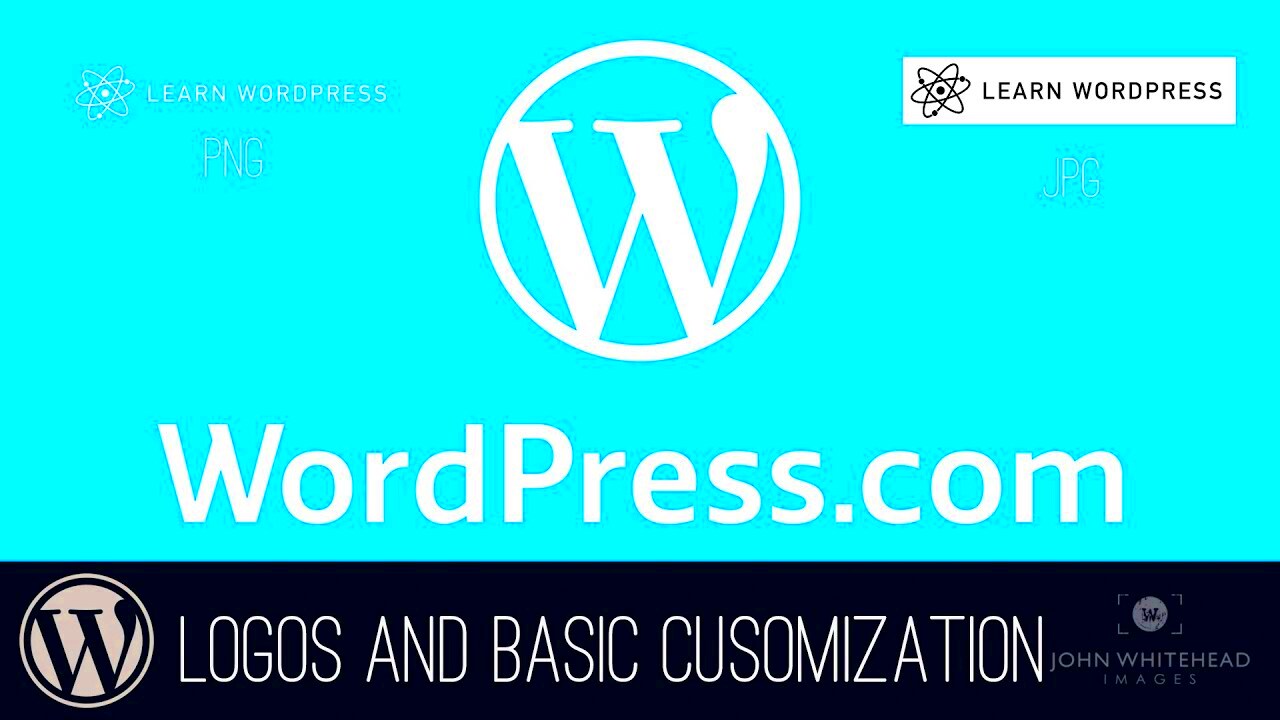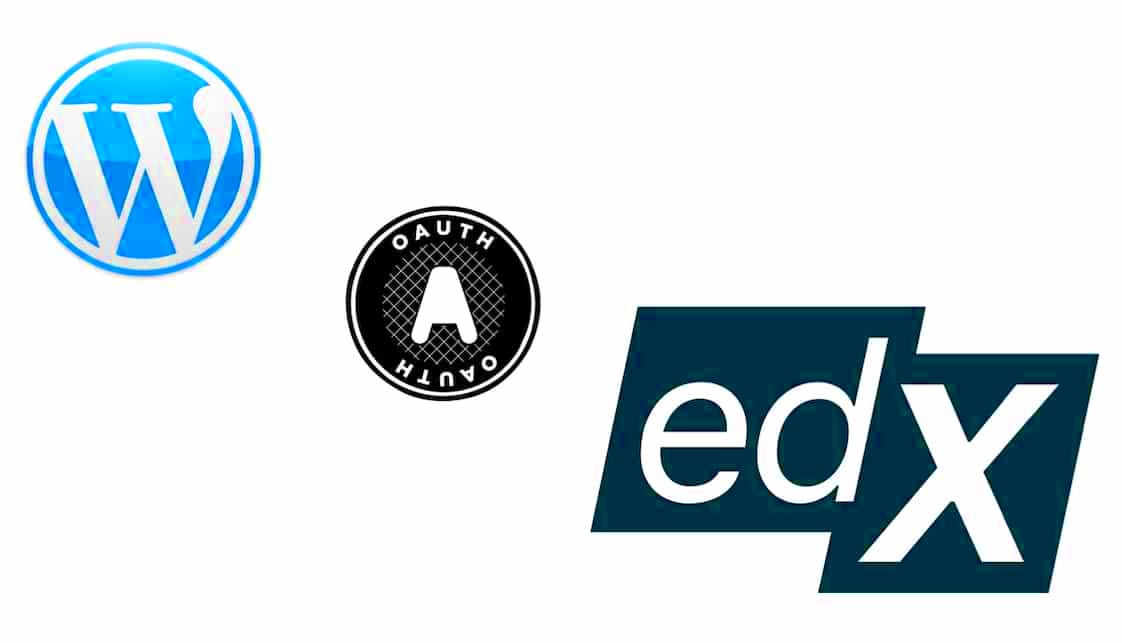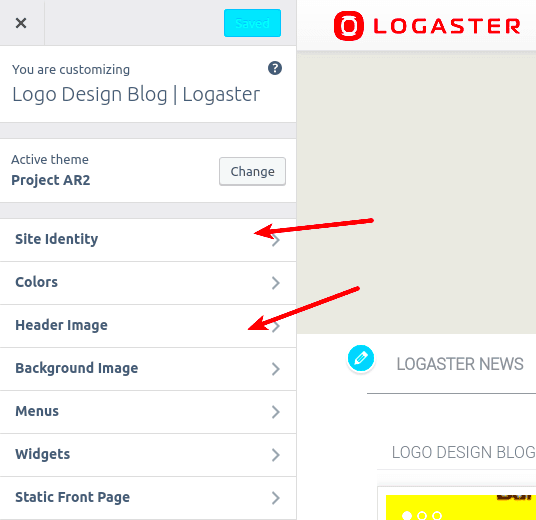In the ever-evolving world of digital branding, your logo serves as the first impression of your business. It’s not just an image; it embodies your brand’s identity and values. For WordPress users, creating a striking logo is essential, whether you’re running a blog, an online store, or a full-fledged business site. In this post, we’ll discuss key tips and tools to help you design an impactful WordPress logo that resonates with your audience. So, let’s dive into the world of logo design!
Understanding the Importance of a Logo for Your Brand

A logo is more than just a pretty picture. It’s a crucial element in your branding strategy, serving various functions:
- Visual Identity: Your logo represents your brand visually, making it easily recognizable. Think of icons like the Apple apple or the Nike swoosh; these logos evoke strong associations with the brands.
- Trust and Credibility: A professional logo instills trust. Customers are more likely to engage with a brand that has a polished appearance.
- Consistency: A logo provides a consistent element across all your marketing materials, from your website to business cards. This consistency helps build brand recognition over time.
- Memorability: A unique logo can make your brand memorable. The easier it is for customers to remember your logo, the more likely they are to return to your site.
- Storytelling: Logos often tell a story about your brand’s values, mission, or ethos, allowing customers to connect with you on a deeper level.
In summary, investing in a well-thought-out logo can pay dividends in how your audience perceives and engages with your brand. So let’s transform your vision into a logo that encapsulates your brand’s essence!
Key Elements of Effective Logo Design

Designing a logo is not merely an artistic endeavor; it requires a clear understanding of key components that contribute to its effectiveness. Here are some vital elements that can transform your logo from ordinary to extraordinary:
- Simplicity: An effective logo is simple and easily recognizable. Aim for a design that can be remembered at a glance. Think about famous logos like Nike or Apple—their designs are uncomplicated yet impactful.
- Scalability: Your logo should be versatile enough to look great on various scales—from a business card to a billboard. If it loses clarity or detail when scaled down, it won’t serve its purpose well.
- Relevance: The logo should resonate with your target audience. Consider including elements that reflect your industry or niche, while also promoting an emotional connection with potential customers.
- Timelessness: A great logo endures. Instead of chasing fleeting trends, aim for a design that remains relevant over the years. Take a page from companies like Coca-Cola—they have kept their logo strikingly similar for decades!
- Memorability: Your logo should leave a lasting impression. Unique shapes, colors, or stylizations can enhance memorability, helping your brand to stand out amidst the competition.
By focusing on these elements, you can create a logo that not only represents your brand but also captures the essence of what you stand for. So, take your time to brainstorm and sketch ideas that embody these principles. Your logo is often the first point of contact with your audience, so make it count!
Choosing the Right Color Palette for Your Logo

The color palette of your logo is a critical aspect that can significantly influence brand perception and recognition. Different colors evoke different feelings, so it’s important to choose wisely. Here’s a breakdown of how you can select the right colors for your logo:
| Color | Emotional Impact | Industry Examples |
|---|---|---|
| Red | Excitement, passion, love | Target, Coca-Cola |
| Blue | Trust, calmness, professionalism | Facebook, IBM |
| Green | Health, nature, growth | Starbucks, Whole Foods |
| Yellow | Happiness, energy, optimism | IKEA, McDonald’s |
| Purple | Loyalty, luxury, creativity | Yahoo, Crown Royal |
When choosing your colors, consider your brand’s personality and the emotions you want to convey. For example, if you run a wellness brand, greens and blues might evoke the feelings of tranquility and health. In contrast, a tech startup might benefit from crisp blues and whites to suggest clarity and innovation.
Also, don’t forget about accessibility! Ensure that your color choices are distinguishable for those with color vision deficiencies. After all, a great logo should be inclusive and appealing to everyone. Take the time to experiment with different combinations and shades to find the one that truly represents your brand. Happy designing!
5. Selecting the Right Typography for Your Logo
Typography plays a crucial role in logo design because it’s not just about how your text looks; it’s about how it feels and conveys your brand’s personality. The right typeface can make your logo stand out, evoke emotions, and enhance brand recognition. Here are a few tips to help you choose the perfect typography for your logo:
- Know Your Brand: Start by considering your brand’s identity. Are you aiming for a modern, sleek look, or are you leaning towards a vintage aesthetic? Make sure the typeface aligns with your brand’s values and image.
- Readability Matters: Your logo should be easily readable at all sizes. Avoid overly complex fonts that may look appealing but can be challenging to read, especially at smaller sizes.
- Limit Your Choices: Stick to a maximum of two typefaces in your logo to maintain a clean and cohesive look. Mixing too many fonts can make your logo appear cluttered.
- Test in Different Contexts: Preview your logo typography in various applications—whether on digital platforms, print materials, or merchandise—to see how it holds up across different mediums.
- Consider Customization: Sometimes, creating a custom typography or modifying an existing font can give your logo a unique edge that stands out from competitors.
In summary, the typography you choose is as much about aesthetics as it is about brand communication. So take your time, explore different options, and pick a typeface that truly represents your brand’s essence!
6. Designing for Versatility: Logo Formats and Sizes
When it comes to logo design, versatility is key. You want your logo to look great no matter where it’s displayed—whether it’s on a business card, a website, or a billboard. Understanding the different logo formats and sizes can ensure your design works seamlessly across various platforms. Here’s what you need to consider:
| Format | Best for | Main benefits |
|---|---|---|
| SVG (Scalable Vector Graphics) | Web, print | Infinitely scalable without loss of quality, smaller file size |
| PNG (Portable Network Graphics) | Web | Supports transparency, good quality for digital use |
| JPEG (Joint Photographic Experts Group) | Web, print | Widely compatible, good for photos but not ideal for logos with transparency |
| PDF (Portable Document Format) | High-quality format for printing, often used for business stationery |
When designing your logo, keep the following tips in mind:
- Size Variability: Create different sizes of your logo for various uses—small icons for social media and larger versions for signage or presentations.
- Responsive Design: Think about how your logo will adapt on different screens and devices. It may be beneficial to have a horizontal and vertical version to accommodate various layouts.
- Color Variations: Prepare both color and black-and-white versions of your logo to ensure it looks good in all scenarios, especially in print or promotional materials.
Designing with versatility in mind not only enhances your logo’s usability but also reinforces your brand identity across all platforms. So take the time to consider these aspects when crafting your perfect logo!
7. Tools and Software for Creating Your Logo
Creating a captivating logo doesn’t require you to be a design expert. With the right tools and software at your disposal, you can craft a unique logo that embodies your brand identity. Here’s a quick rundown of some fantastic tools that can help you in your logo design journey:
- Canva: This user-friendly graphic design platform offers an array of templates, icons, and fonts. Perfect for beginners, Canva allows you to drag and drop elements to create a professional-looking logo in no time.
- Adobe Illustrator: This is the industry standard for vector graphics. While it has a steeper learning curve, Illustrator provides you with limitless customization possibilities, ensuring that your logo is distinct and high-quality.
- Looka: A logo maker that harnesses AI, Looka generates logo designs based on your preferences. Simply input your brand name, select styles you like, and watch as it churns out logo suggestions tailored for you.
- LogoMaker: Offering a simple interface with thousands of design templates, LogoMaker is an excellent choice for those who want quick results. You can customize colors, shapes, and fonts as you see fit.
- Figma: If you’re looking to collaborate with others in real-time, Figma is your go-to. It’s a cloud-based design tool perfect for designing logos with a team.
By choosing the right tool tailored to your skill level and needs, you can create a powerful logo that makes a lasting impression.
8. Tips for Hiring a Professional Logo Designer
Hiring a professional logo designer can elevate your brand and ensure you have a logo that truly resonates with your audience. However, the process can be daunting if you don’t know where to start. Here are some essential tips to consider when looking for the right designer:
- Define Your Goals: Before you reach out to a designer, spend some time thinking about your brand’s identity, values, and vision. Knowing what you want will help you communicate your expectations effectively.
- Check Their Portfolio: Review the designer’s previous work. This will give you insight into their style and whether they align with your vision. Look for creativity, versatility, and quality.
- Read Reviews and Testimonials: Client feedback can be incredibly revealing. Look for reviews that highlight the designer’s professionalism, communication skills, and ability to meet deadlines.
- Discuss the Process: Have a conversation about their design process. A good designer should be willing to explain their approach and be open to feedback. Ask about the number of revisions included in their package.
- Set a Budget: Determine how much you’re willing to spend on your logo design. While it’s important to invest in quality, be realistic about your budget to avoid overspending.
- Look for Personality Fit: Building a good working relationship is key. Choose a designer whose personality meshes well with yours, as this will make collaboration smoother.
Finding the right professional can take time, but the result—a fantastic logo that encapsulates your brand—will be worth every effort.
Common Logo Design Mistakes to Avoid
Designing a logo is an exciting endeavor, but it’s equally easy to stumble into some common pitfalls. Avoiding these mistakes will save you time and ensure your final design resonates with your audience. Here are some major blunders to steer clear of:
- Overcomplicating the Design: Simplicity is key in logo design. If your logo is cluttered with details, it can be hard for viewers to grasp its essence at a glance.
- Ignoring Scalability: Your logo needs to look great on both large billboards and tiny business cards. Make sure your design remains clear and recognizable at any size.
- Choosing Colors Thoughtlessly: Colors convey emotions and meanings. Make sure to choose a palette that aligns with your brand’s identity and is also effective in black and white.
- Following Trends Rather Than Timelessness: While it’s tempting to jump on design trends, remember that logos should stand the test of time. Aim for a design that won’t feel outdated next year.
- Using Low-Quality Graphics: A pixelated logo is not only unprofessional but also diminishes brand trust. Always use high-resolution graphics for a polished look.
- Relying Too Much on Fonts: While typography is important, don’t let it overshadow the overall design. A unique graphic element should complement the text, not compete with it.
- Focusing Solely on Aesthetics: While a logo should be visually appealing, it must also communicate what your brand stands for. Ensure that it reflects your values and mission.
Testing Your Logo: Gathering Feedback
Alright, you’ve crafted a logo that you’re excited about. Now it’s time to share it with the world (or at least, your target audience)! Testing your logo and gathering feedback is a critical step that many designers overlook. The right input can elevate your design to new heights. Here’s how to go about it:
- Conduct Surveys: Use online tools like Google Forms or SurveyMonkey to create a survey. Keep it short and focus on key aspects of the logo, such as clarity, relevance, and aesthetic appeal.
- Share on Social Media: Platforms like Instagram, Facebook, or Twitter are great for real-time feedback. Post different variations of your logo and ask followers which one resonates the most.
- Gather Insights from Peers: Share your design with fellow designers or friends for constructive criticism. They can provide fresh perspectives that you may not have considered.
- Engage with Focus Groups: Organize small focus groups that include a mix of potential customers and design enthusiasts. Their insights will be invaluable in understanding the broader market appeal.
- Test in Real-World Scenarios: Visualize your logo in practical contexts, such as on business cards, websites, or merchandise. This helps in seeing how well it translates across different mediums.
Once you’ve collected feedback, take the time to analyze it critically. Look for patterns and trends in what others are saying, and don’t be afraid to make adjustments based on constructive criticism. Remember, the goal is to create a logo that not only you love but also resonates with your target audience!
WordPress Logo Design Tips and Tools
Creating a compelling logo for your WordPress site is vital for establishing brand identity and recognition. A well-designed logo not only captures the essence of your brand but also builds trust with your audience. To help you in this creative journey, here are some essential tips and tools for designing a standout logo.
Essential Tips for WordPress Logo Design
- Understand Your Brand: Begin by defining what your brand stands for, its values, and its target audience. This will guide your design choices.
- Choose the Right Style: Decide whether you want a logo that is modern, vintage, playful, or professional based on your brand’s personality.
- Select Colors Wisely: Colors evoke emotions and convey messages. Pick a color palette that reflects your brand’s ethos.
- Imbalance Simplicity: A simple logo is more memorable. Aim for a clean design that is easy to recognize.
- Make it Versatile: Ensure that your logo works well in different sizes and formats, from web to print.
Recommended Logo Design Tools
| Tool Name | Description | Price |
|---|---|---|
| Canva | User-friendly graphic design tool with logo templates. | Free / Paid plans available |
| Adobe Illustrator | Advanced design software for professional logo creation. | Subscription model |
| Looka | AI-powered logo maker that generates logos based on your preferences. | Starts at $20 |
| LogoMaker | Easy tool to create logos quickly with customizable options. | Free / Paid options |
In conclusion, designing a logo for your WordPress site involves understanding your brand, embracing simplicity, and utilizing the right tools. By following these tips and leveraging these resources, you can create a logo that effectively represents your brand identity and engages your audience.



